What HVAC System Is Best For Allergies?
Indoor air pollution is a pressing health risk for all Americans. It’s particularly concerning for those with bad allergies. Triggers can worsen symptoms severely, to… View Article Read More
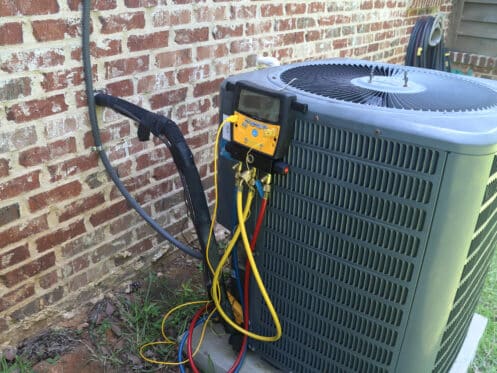
Indoor air pollution is a pressing health risk for all Americans. It’s particularly concerning for those with bad allergies. Triggers can worsen symptoms severely, to… View Article Read More
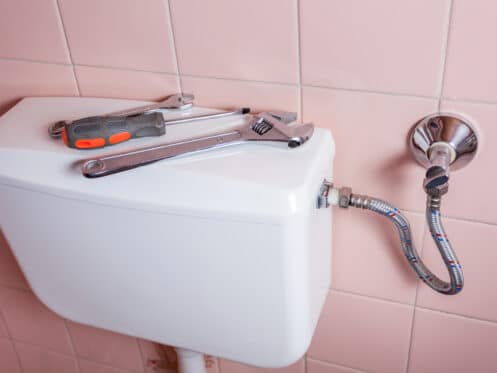
The flapper, a piece of rubber or plastic found in the tank of most toilets, is responsible for controlling the flow of water down the… View Article Read More
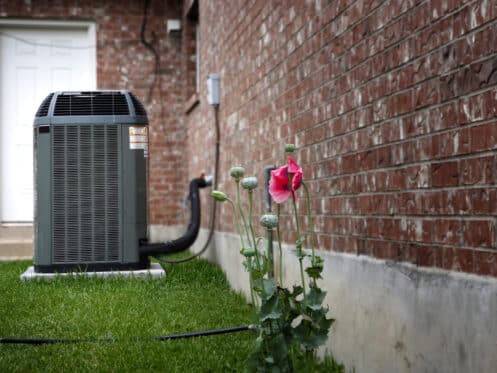
All heaters, heat pumps, and air conditioners need annual maintenance service from licensed HVAC companies. These services keep homeowners compliant with the terms of their… View Article Read More

If you’re struggling with chronic or recurring problems like fatigue, headaches, skin rashes, or nasal and respiratory congestion, you might be surprised about their underlying… View Article Read More
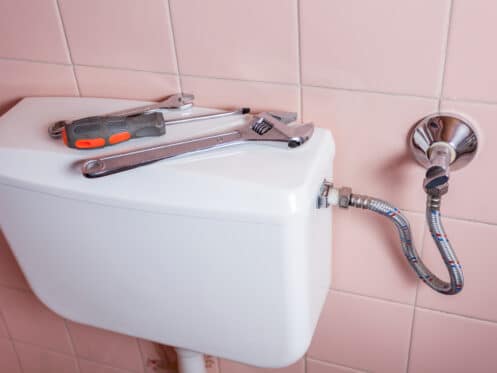
A toilet that keeps running at random times may seem like a mere annoyance. However, the fact is that this issue can potentially waste hundreds… View Article Read More

It’s not unusual to notice a sore throat and stuffy nose during the winter months when viruses and respiratory illnesses spread more rapidly or during… View Article Read More
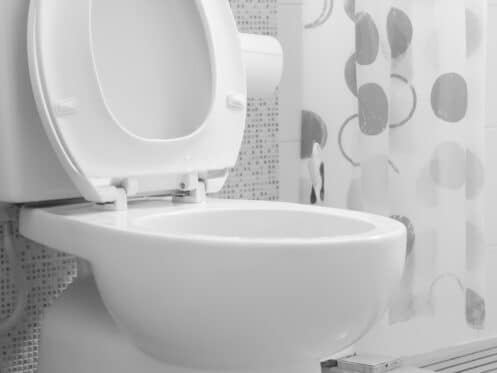
You typically never want to think about the contents inside your toilet. Unfortunately, when you go to flush a toilet and water leaks, you will… View Article Read More
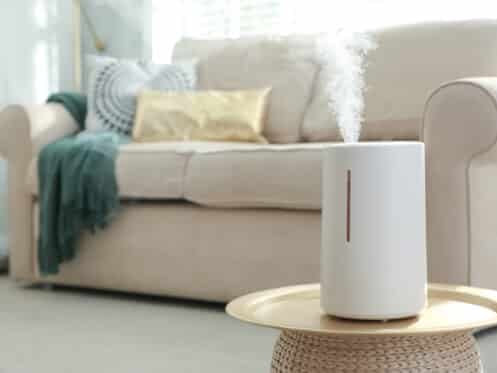
It may surprise you to learn that your Meridian home’s humidity level has a significant impact on how toasty and comfortable it feels in the… View Article Read More
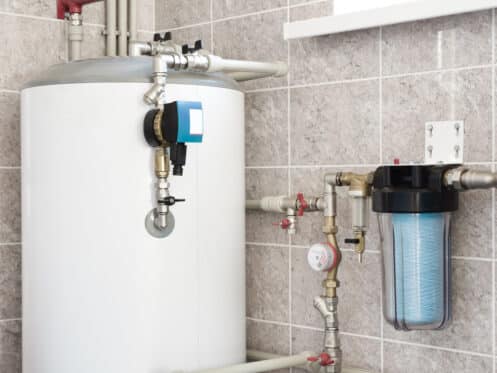
The water heater helps ensure a continuous supply of hot water for everyday tasks. Your water heater works hard all year, so it is important… View Article Read More
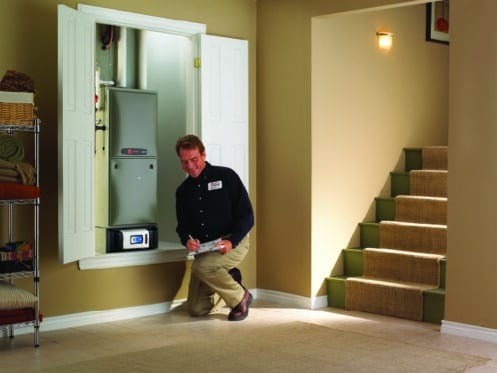
Heat pumps are a popular option for home and business owners looking for an efficient and environmentally friendly heating solution. A heat pump that is… View Article Read More
©2024 Access Heating & Air Conditioning. All Rights Reserved. Privacy Policy.